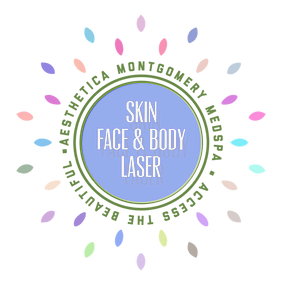Dermaplaning
Dermaplaning is actual physical exfoliation of the face. A sterile, surgical scalpel is used to shave the skin’s surface. Our aestheticians have years of experience performing this procedure and can perform it safely in less than 30- 45mins.
What is Dermaplaning?
Dermaplaning is actual physical exfoliation of the face. A sterile, surgical scalpel is used to shave the skin’s surface. The top-most layer of dead skin along with fine, vellus hair or peach fuzz) is removed. The eyebrows, are avoided because the hair there is made up of “terminal” hairs which are very different from vellus hair. The nose is also avoided. Our aestheticians have years of experience performing this procedure and can perform it safely in less than 30-45mins. Your dermaplaning treatment can be done on a monthly basis. There is no downtime post-treatment.
Benefits of dermaplaning
Physical exfoliation triggers the cell regeneration process and allows products to better penetrate skin. Dermaplaning is also excellent at ridding the face of excess fine hairs which can often accumulate dirt and oil. Exfoliation of dead cells along with the removal of fine hairs results in healthier, brighter skin that has a smoother look and feel.
Dermaplaning is not suitable for those with excessive facial hair. With Caroline Abolade MD you are in good hands.
Who should consider dermaplaning?
Dermaplaning is especially effective on those with dry or rough skin texture and helps to minimize superficial acne scarring or uneven skin tone. It is also beneficial for mature skin, which tends to have a buildup of dead cells as cellular turnover slows down with age.
Dermaplaning is safe for pregnant or lactating clients who cannot have chemical peels (peels penetrate skin to act at the cellular level, thus are contraindicated).

Who should avoid dermaplaning?
Dermaplaning is not for those with very oily skin or active acne should avoid this procedure as well as anyone with thick, dark facial hair. Acne prone skin can become sore and irritated with this procedure. Those with excessive facial hair will notice stubble as it grows back and experience “razor rashes”, spots under the skin and ingrown hairs. Side effects of these procedure includes fever blisters, changes in pigmentation (hyperpigmentation can worsen) and thickening skin.
